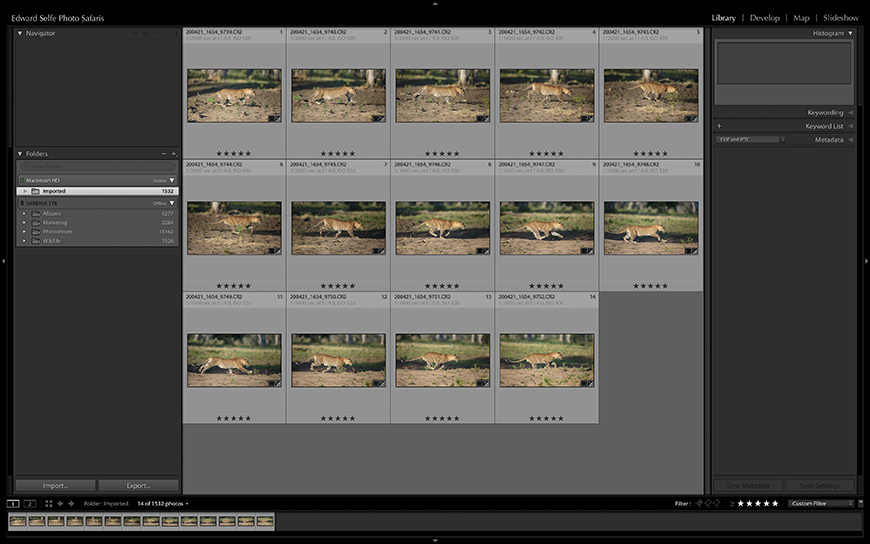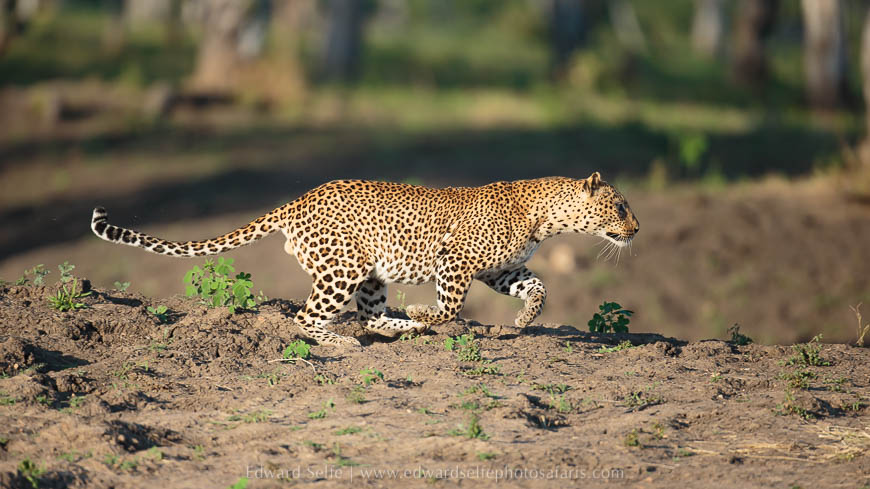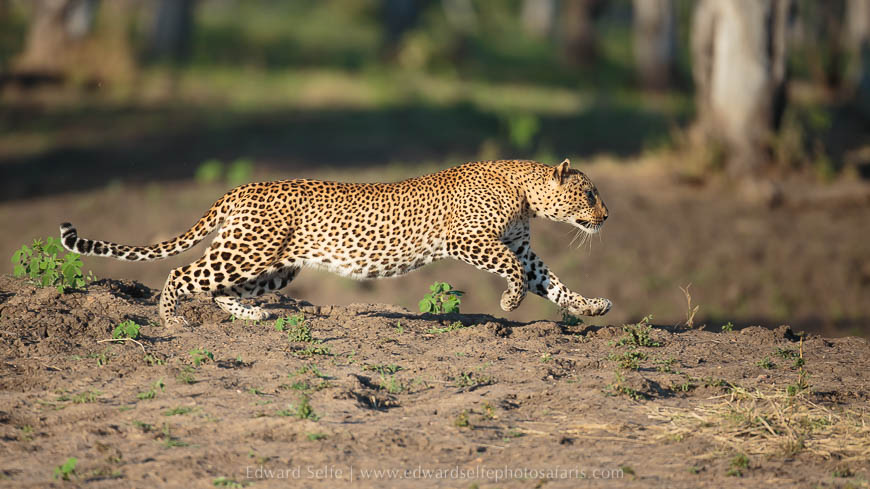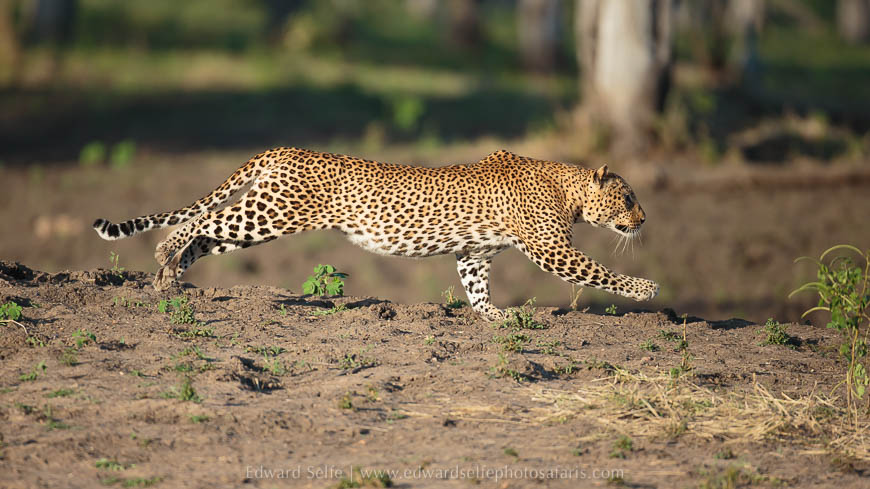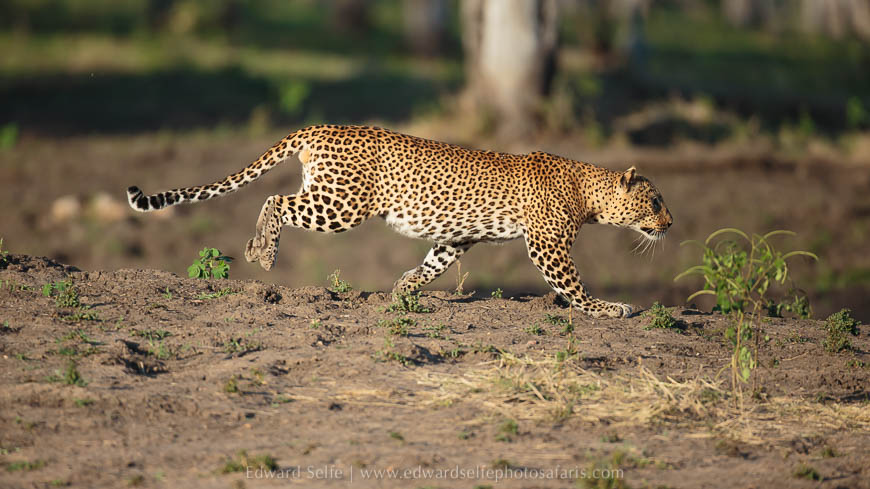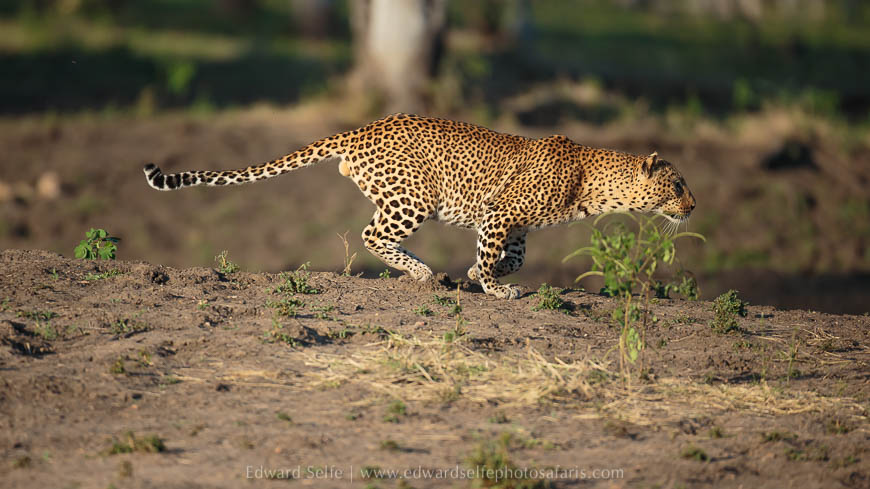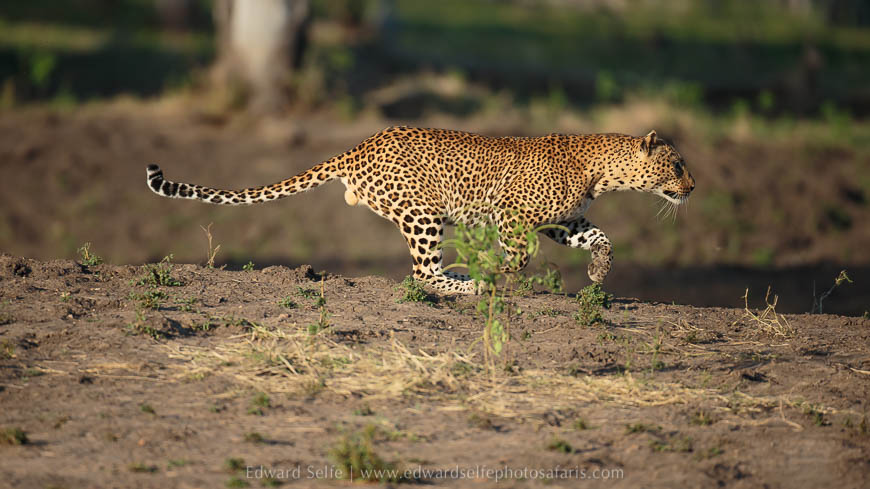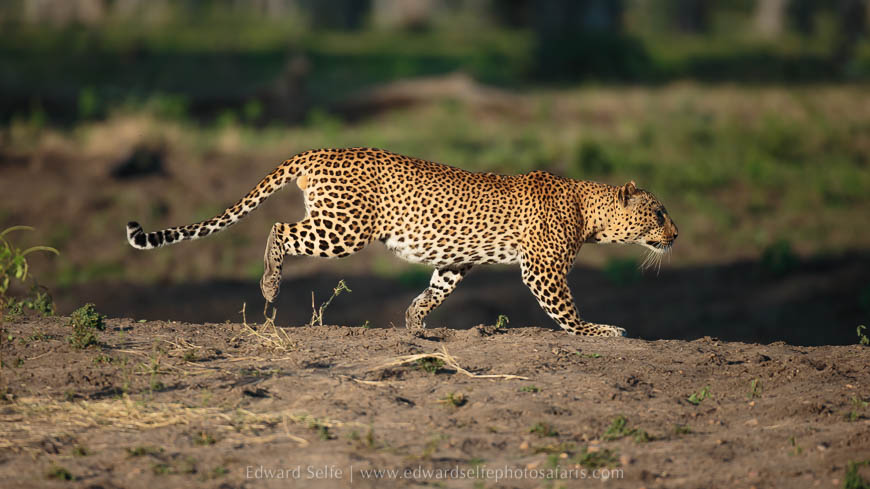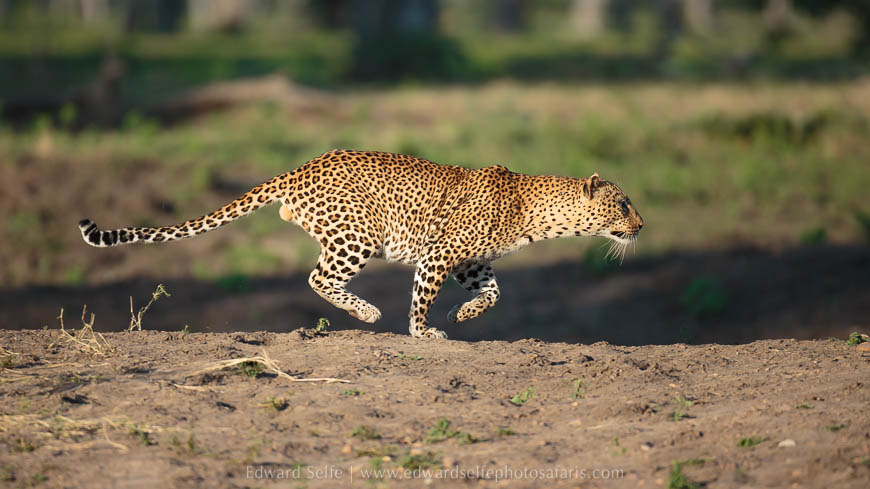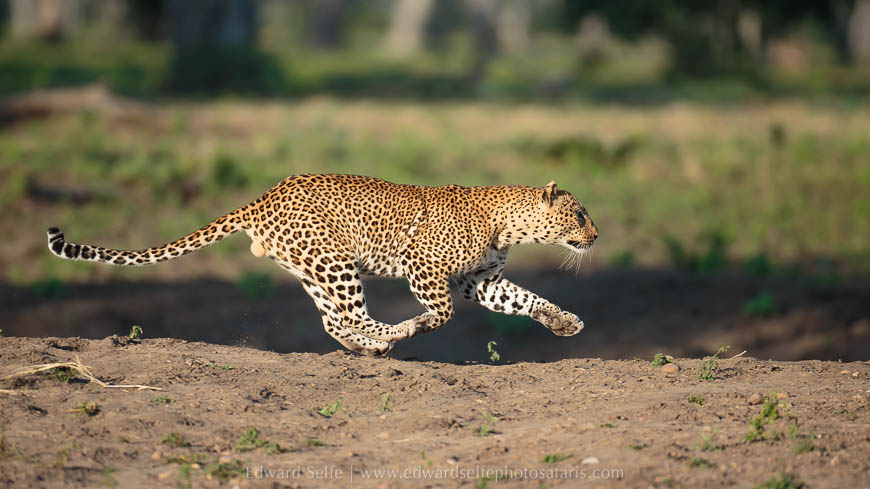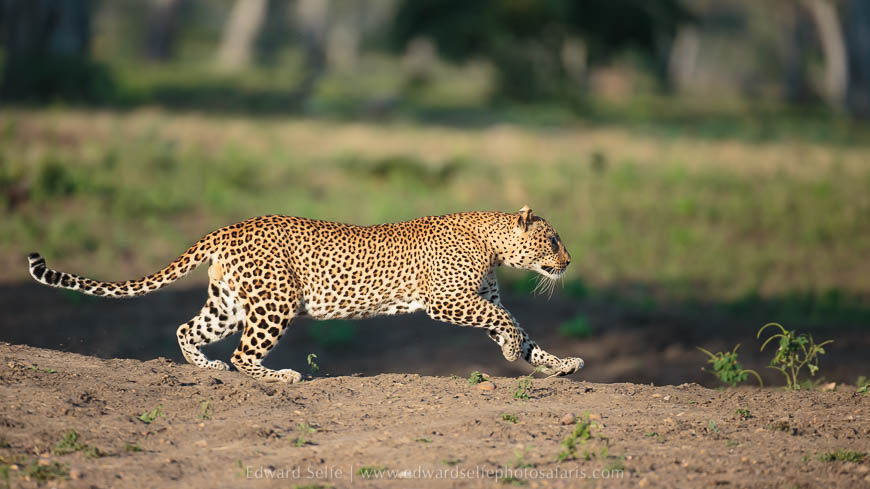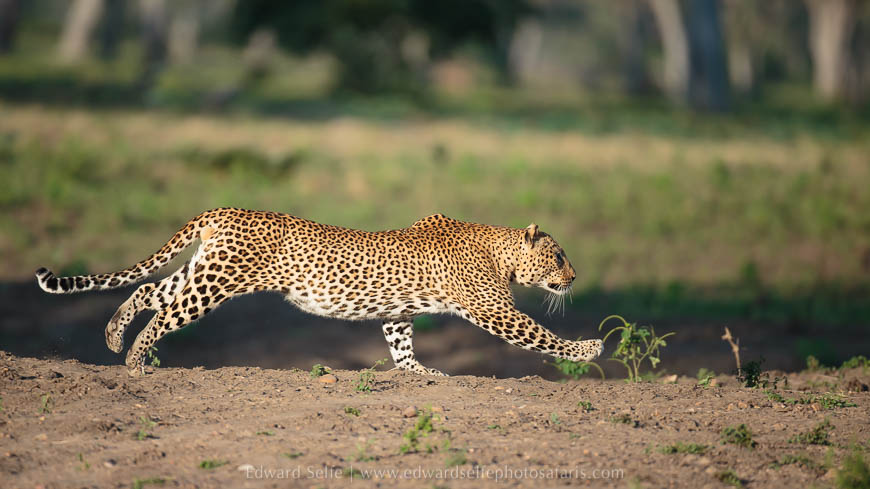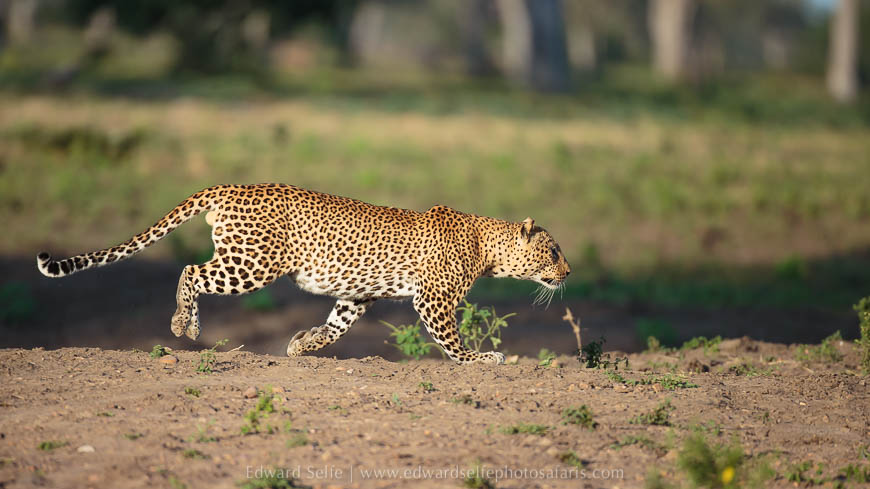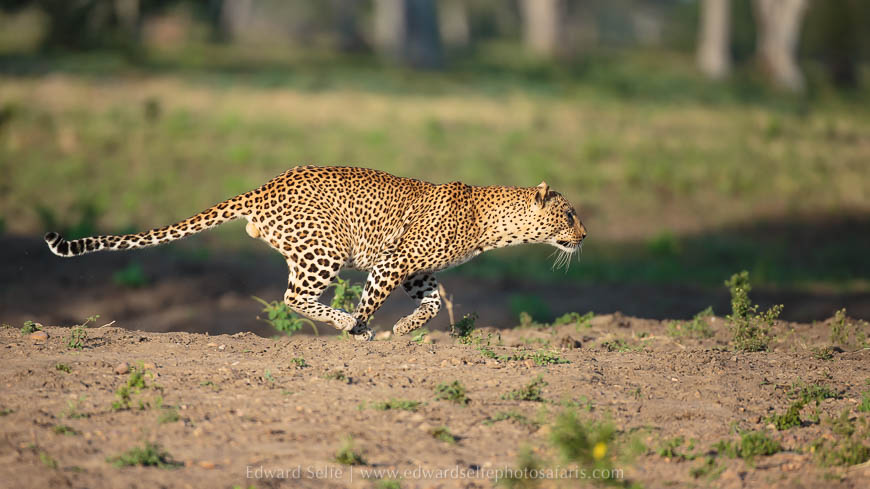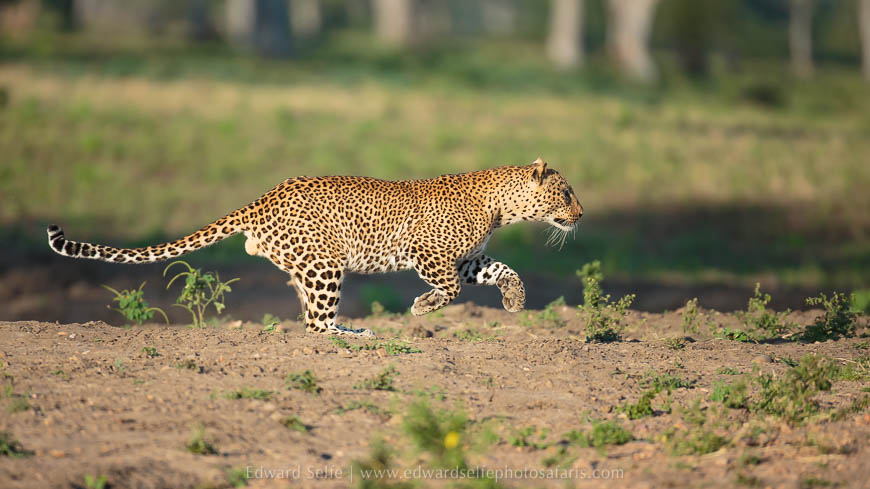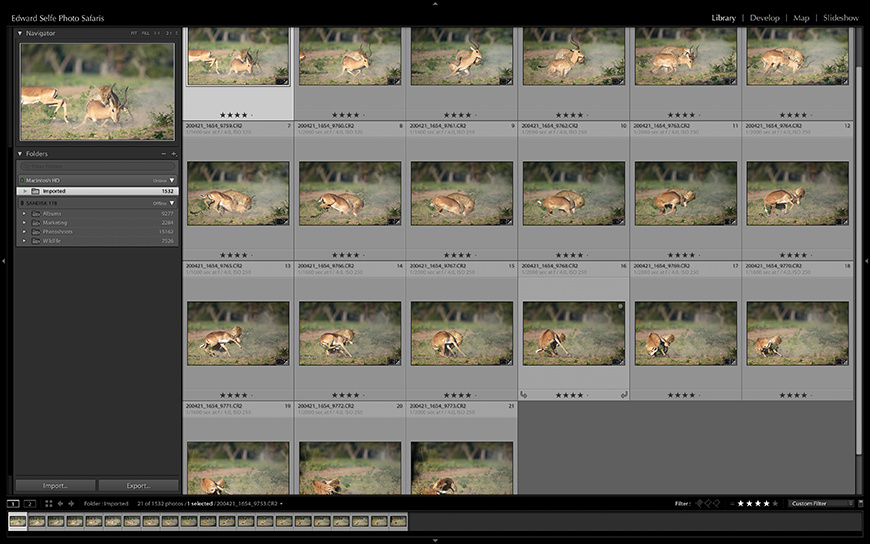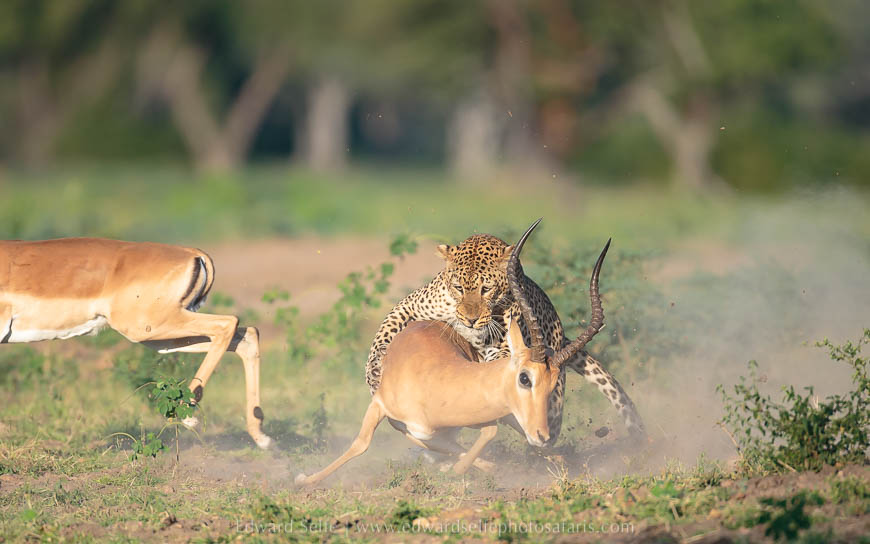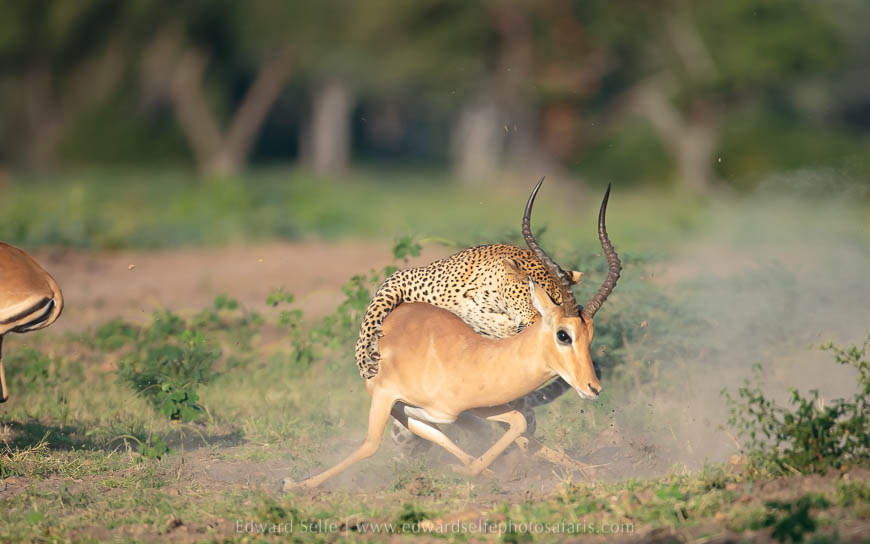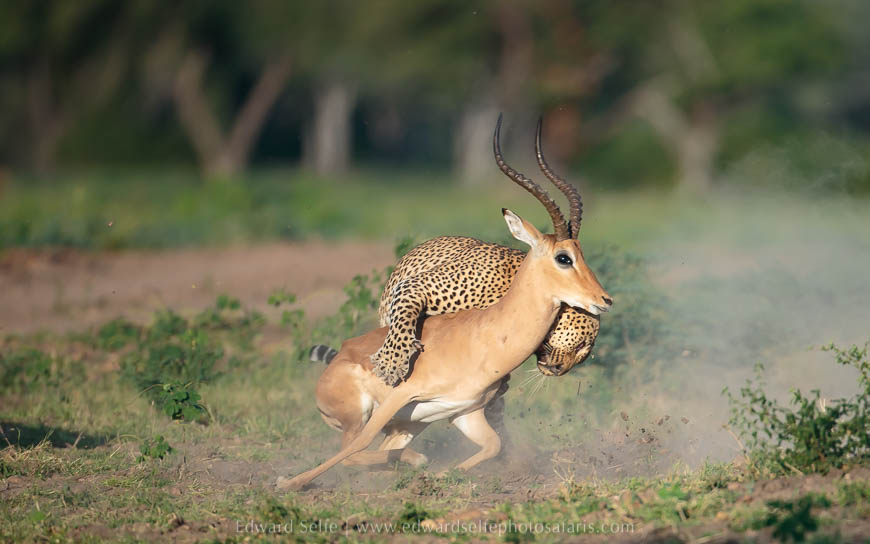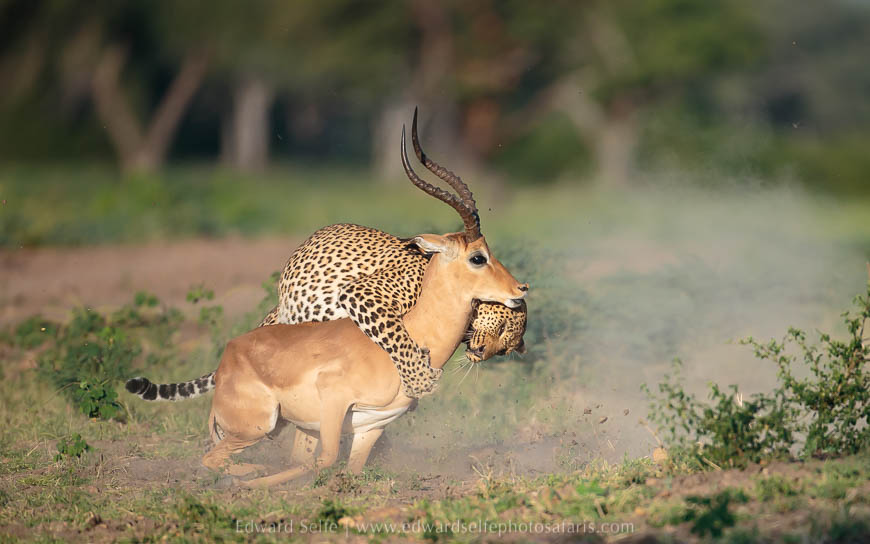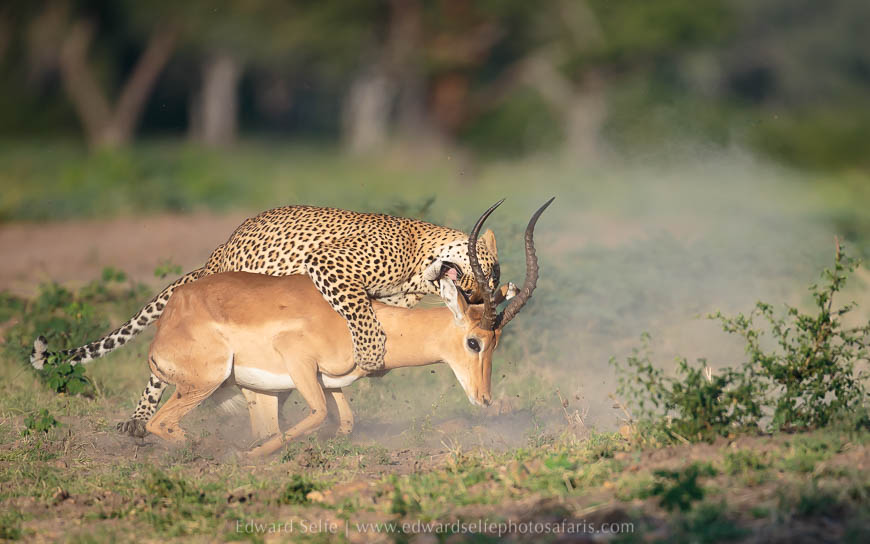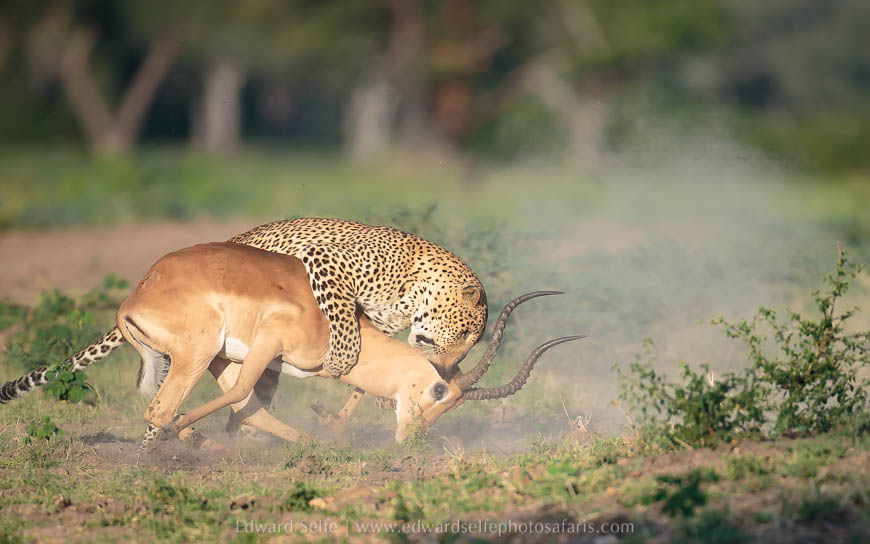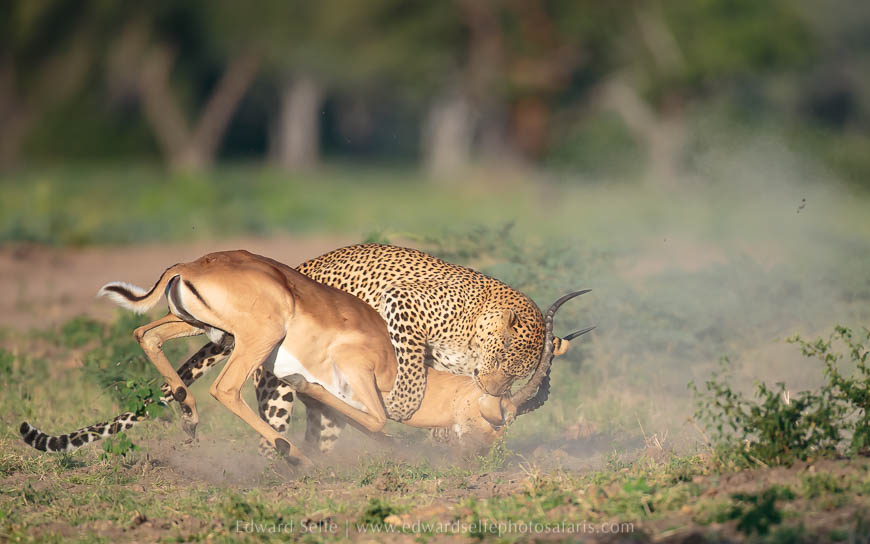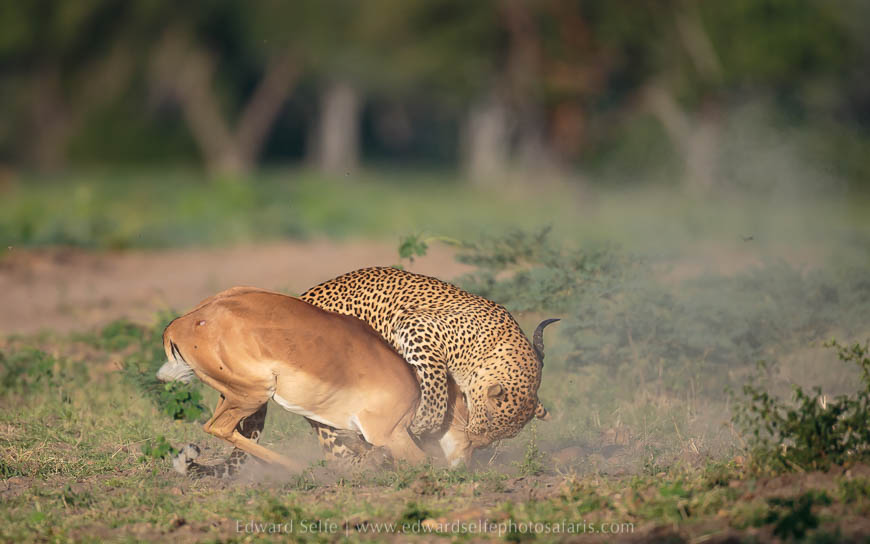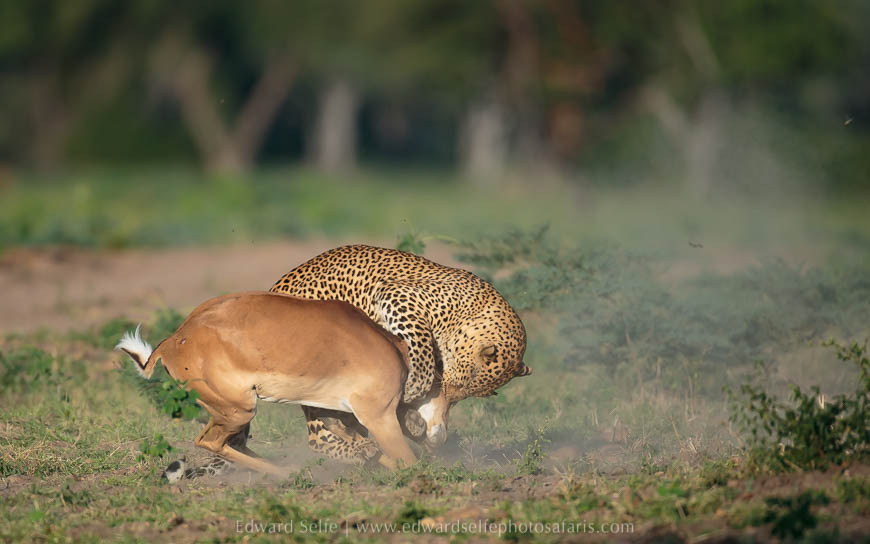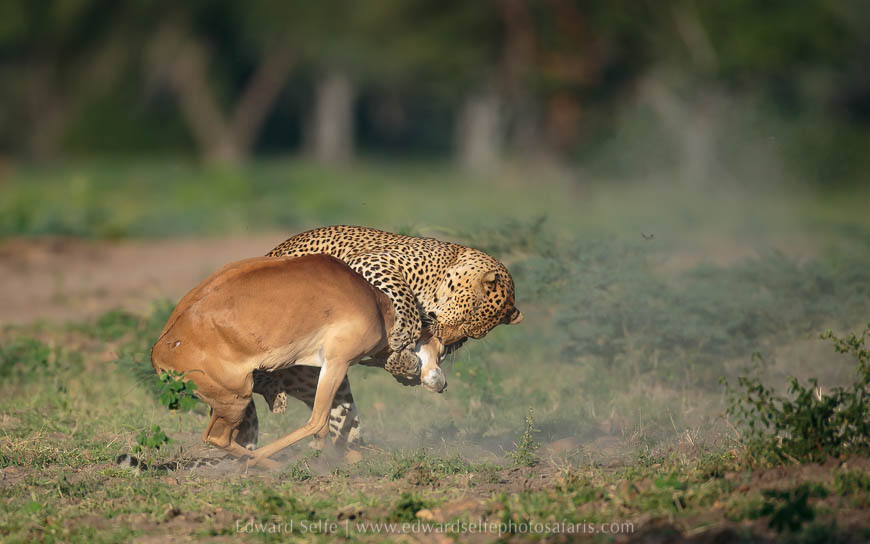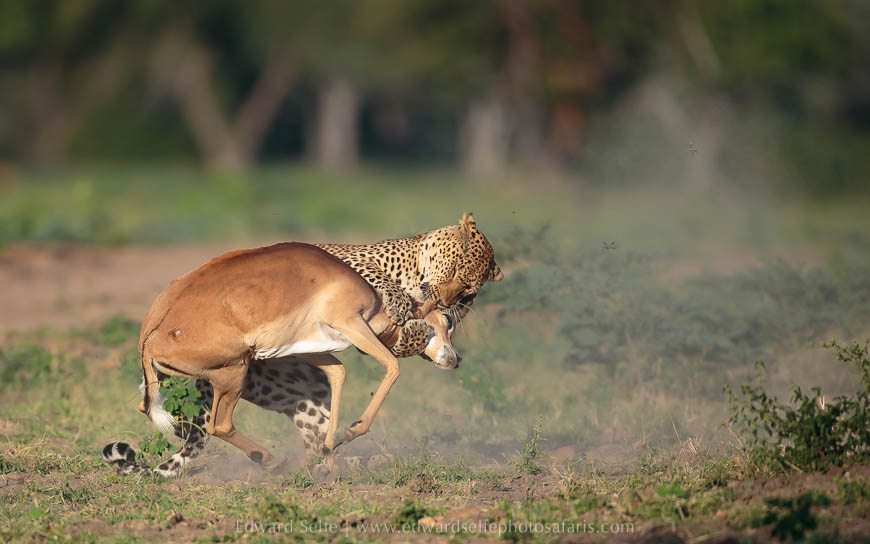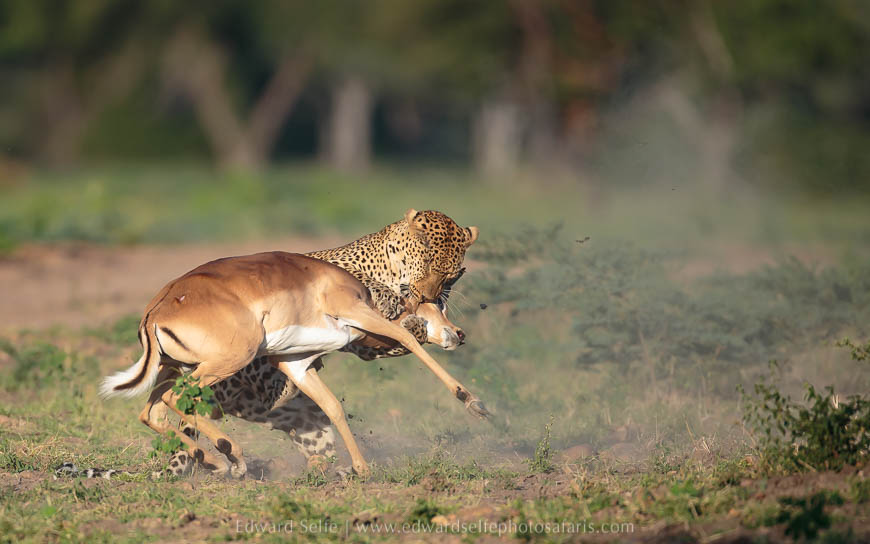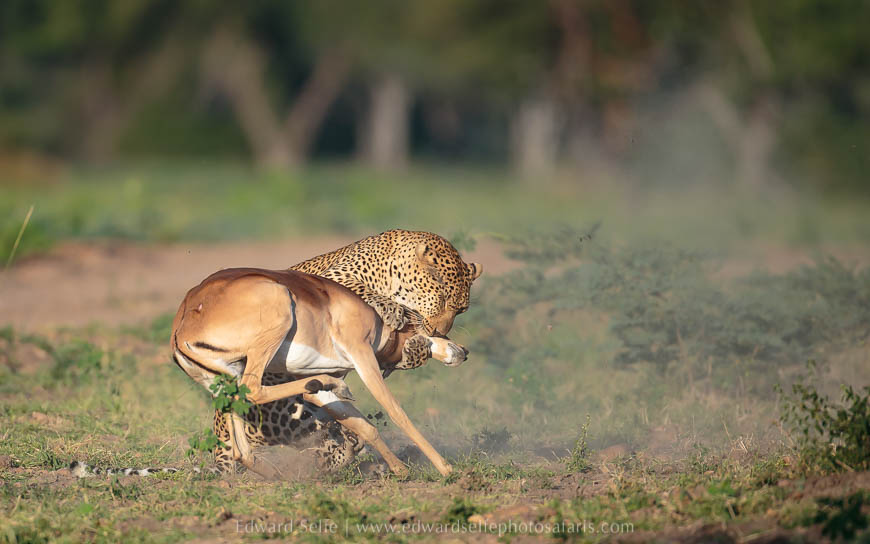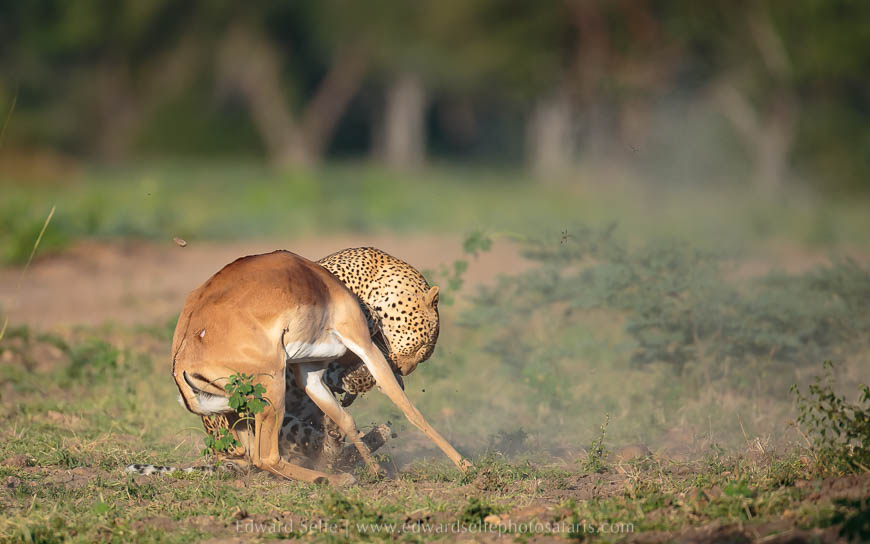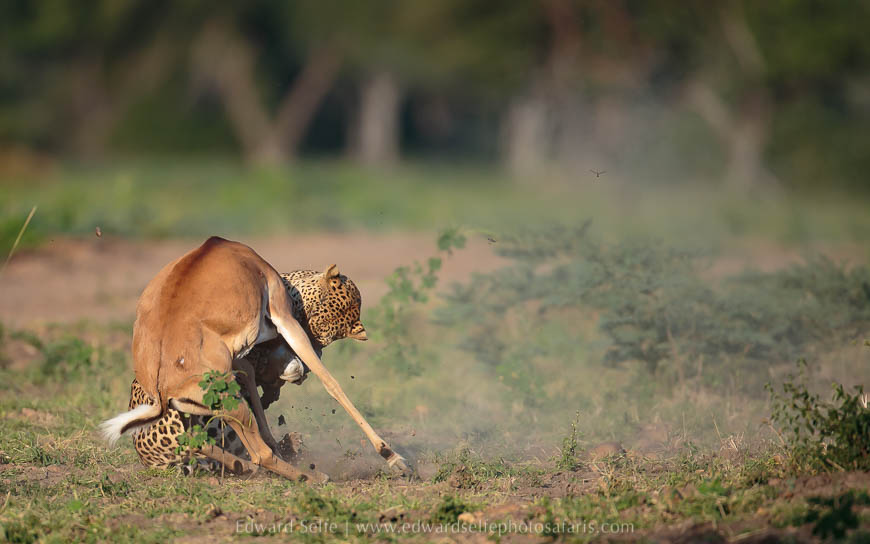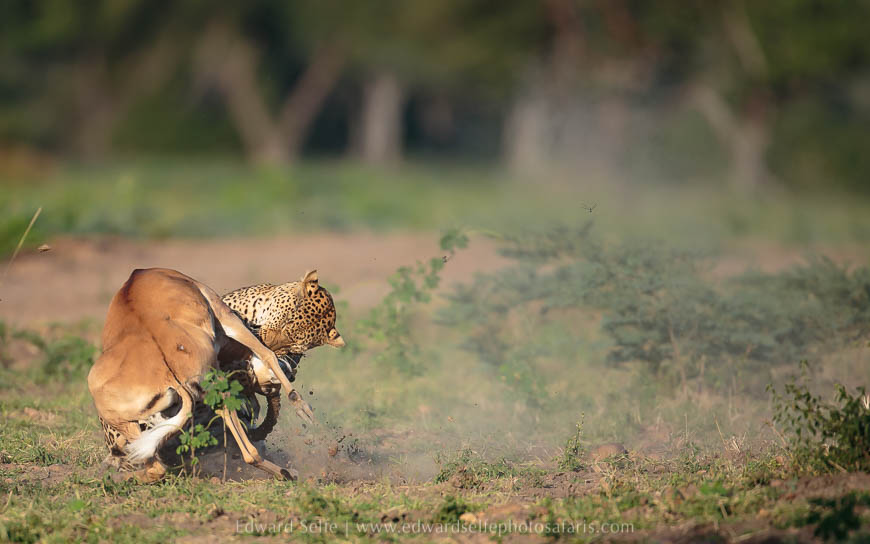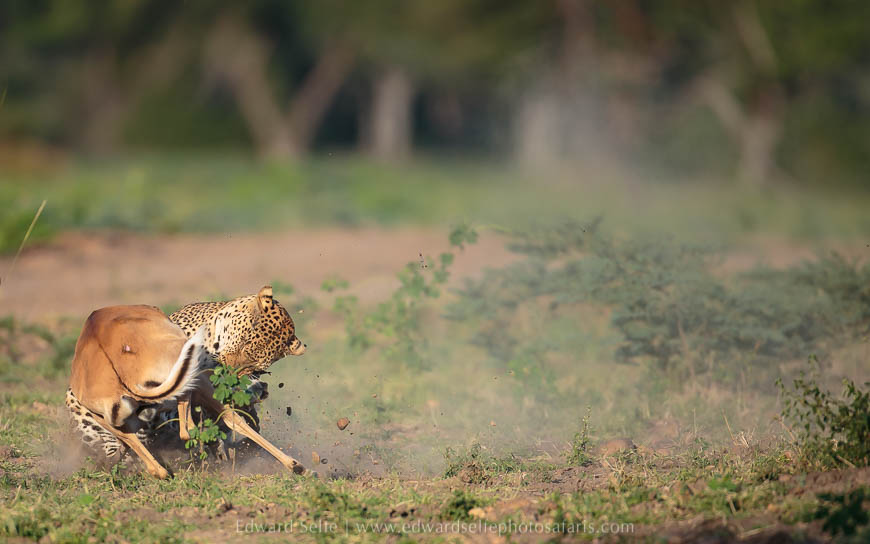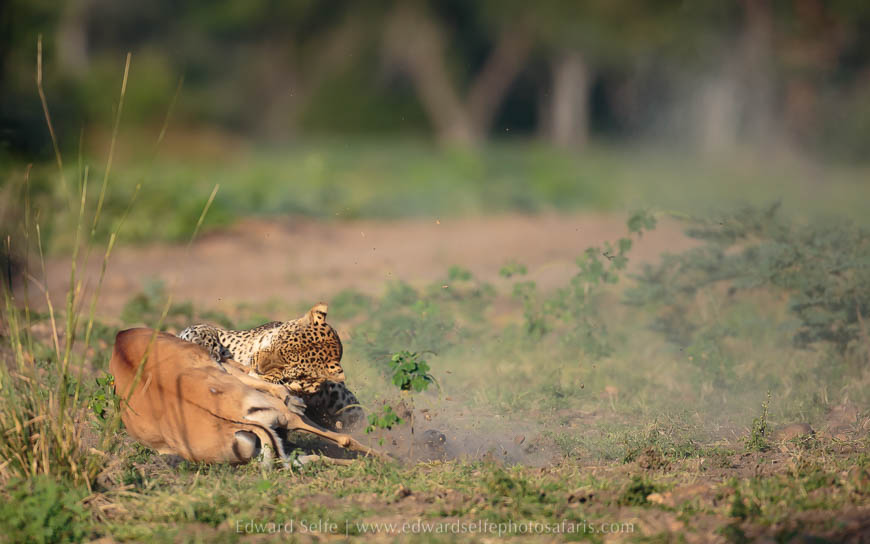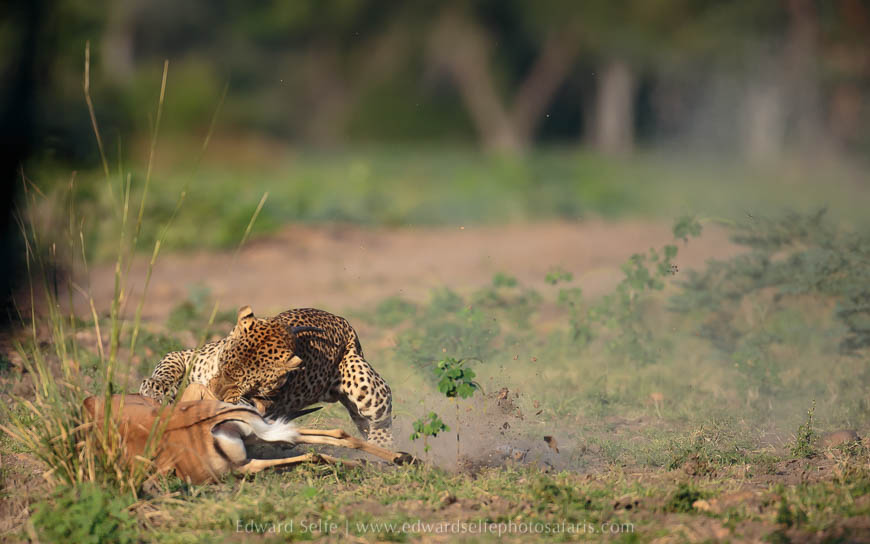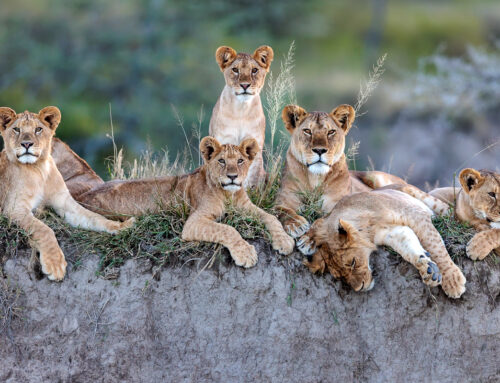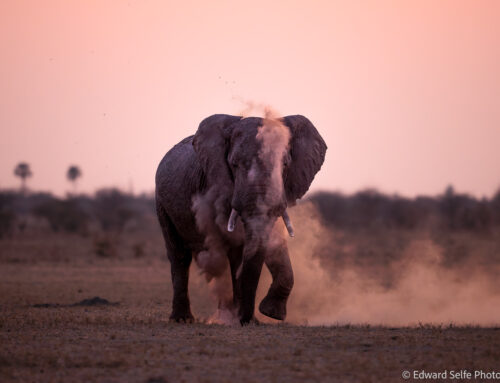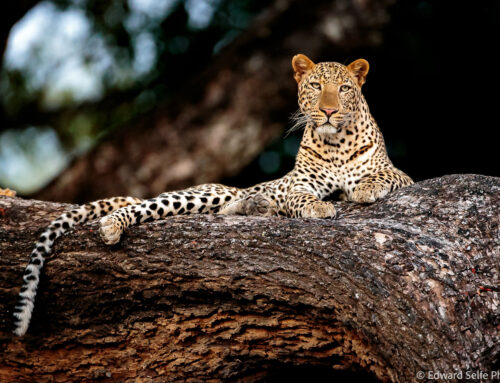We all love to take lots of action shots, especially in the heat of the moment. We all hope that we’ve set the camera up correctly and that majority will be sharp! But then comes the time when you have to sort through the resulting photos and try to select the best! The following two series came from a blog a while ago where I watched a leopard chase two impalas who were fighting during their rut.

A series of photos, straight from the camera, of a leopard charging at a duo of sparring impalas. Over the course of less than 2 seconds, I took this series of 14 shots…I am going to show each image in a larger size now, and discuss the features that I am looking for when deciding which are the strongest images from the sequence. Remember that I am doing so as if looking at them for the first time. Using a program such as Lightroom, where you can quickly flick between images, makes this process easier. I use Lightroom’s filters (there are numerous ways to do it) to remove less-good images from view without deleting them. This means that I whittle the numbers of images down but don’t have to “delete” anything while doing so.

1. A nice image to start off with. I like the positioning of the cat’s front paws, and the splash of green from the bush behind the leopard. There is a clean background and nothing interrupts the cat’s muscular outline.
2. I prefer the cat’s position in this image, with both front feet pushing forward and the back feet propelling him quickly. I am less keen on the dead tree in the top right, but it’s not overlapping the cat, so I can put up with it.
3. Reaching forward for the next ride, this is a strong image, though not as strong as the one before.
4. In this shot, the leopard is on the downward part of its stride, so it looks heavy and ungainly, not an impression we associate with such an agile predator.
5. The bush in front of the cat is conflicting with its head, and the cat’s body-angle is not flattering, so I would filter this one out.
6. As above, this is a weaker image.
7. Free from the dead tree in the background and the small bush in the foreground, the setting is very good, but the cat is on the downstroke, so this is not a great image.
8. Same conditions as above, but the cat is starting to rise again. Ears are forward, there is a good sense of movement and no distractions. The dark shadow behind the cat’s legs helps make them stand out.
9. Even better than the one above, as the cat is horizontal with the paw outstretched in front. The best image yet.
10. Equally good as the one above, with a different body position. The small shrub in front is an interesting feature, but does not distract. Equal 1st place so far.
11. Dropping its weight onto the front feet again, this image….
12. ….and this one are not contenders in my opinion.
13. In this penultimate image, there is more distraction in the foreground and there’s a small stick which is starting to conflict with the cat’s front left leg. These factors are important to me.
14. A nice body position but the cat is no longer running along the ridge of the hill (see the earth behind its feet) so its athletic gait is less visible. The nice shadow in the background that provided separation between the cat and the ground behind has diminished, so I think this image is less strong than images 9 and 10.So we are left with images 9 & 10 as the best. I would keep both, and perhaps 1, 2, 8 and 14 too.
Immediately after this sequence above, the leopard caught a male impala, giving me another, more complex series to choose from! So here goes:

Here is the series of images. During a leopard kill, even at 12 frames per second, there is a lot of movement between frames, so care must be taken to assess each image and also to try and keep a sub-set of the whole series that tells the story of the action. In other words, I would not be trying to keep just one or two images from these 21, but 5 or 6 that represent the series.
1. Fantastic first image in the sequence. The leopard’s face is sharper than the impala’s but that is OK. Only downside is the half-impala fleeing to the left. Of course, it adds to the story, but it would be nice to have the whole animal!
2. Good action, dust and energy, but missing the eye of the leopard….
3. Also good, showing the leopard reaching round to grab the throat of the impala…..
4. …but this one is better as the leopard’s face is more visible and the impala’s face is in the same focal plane as the leopard’s so so they are equally sharp.
5. Fantastic aggression and “anger” but the leopard’s eye is missing…pity as this was a very strong image.
6. Probably the best so far, as the action is immediately discernible and there’s good movement in the shot. The leopard’s tail is clipped but I can live with that!
7. Great dust and movement, but we have lost the impala’s eye behind its ear which is important I think. However it’s still crucial in the series so it would be one to keep, even if it’s not the winning shot.
8. Similar to 7, this is not as strong as both faces are buried in the ground. It seems the cat is really struggling to get hold of the antelope’s throat.
9. As above.
10. There is more energy in this frame than the previous two as the impala is lifting the leopard off the ground again. It’s a valuable frame in the series to show the impala fighting back.
11. This image, and the next, are perhaps the best of the series so far. There is evidence of the struggle, visibility of both eyes….
12. …and plenty of dust. The cat’s wide base is also shown, indicating the strength required to bring down an impala in its prime.
13. By the time we get to 13, the impala’s face has disappeared again and the leopard is falling backwards. It’s part of the story, but doesn’t show the predator well.
14. The pair have formed a tight ball, where the interaction between them is not clear…..
15. ….and the images lose their impact from here onwards.
16. 
17. 
18. 
19. 
20. This final image shows the leopard, after dragging the antelope to the ground, beginning to rise up again to overpower his prey. This would be a good final image in the series.So, from our process, we have narrowed down the selection to 1, 4, 6, 10, 11, 12, 20. This makes up a great series of 7 images that are representative of the whole event. We could reduce this by 1 by removing 11 or 12, but as these are the two best images of the encounter, I would keep both.
This is a tricky process, and not one that I find easy. I end up keeping far more images than I think I “should” and then returning to them weeks later to finalise the selection. I would love to hear your opinion if you think I have chosen the right frames, or if you would have chosen differently. You might notice elements in the frames that I have missed, or prioritise factors that I have overlooked. Please let me know in the comments below.
